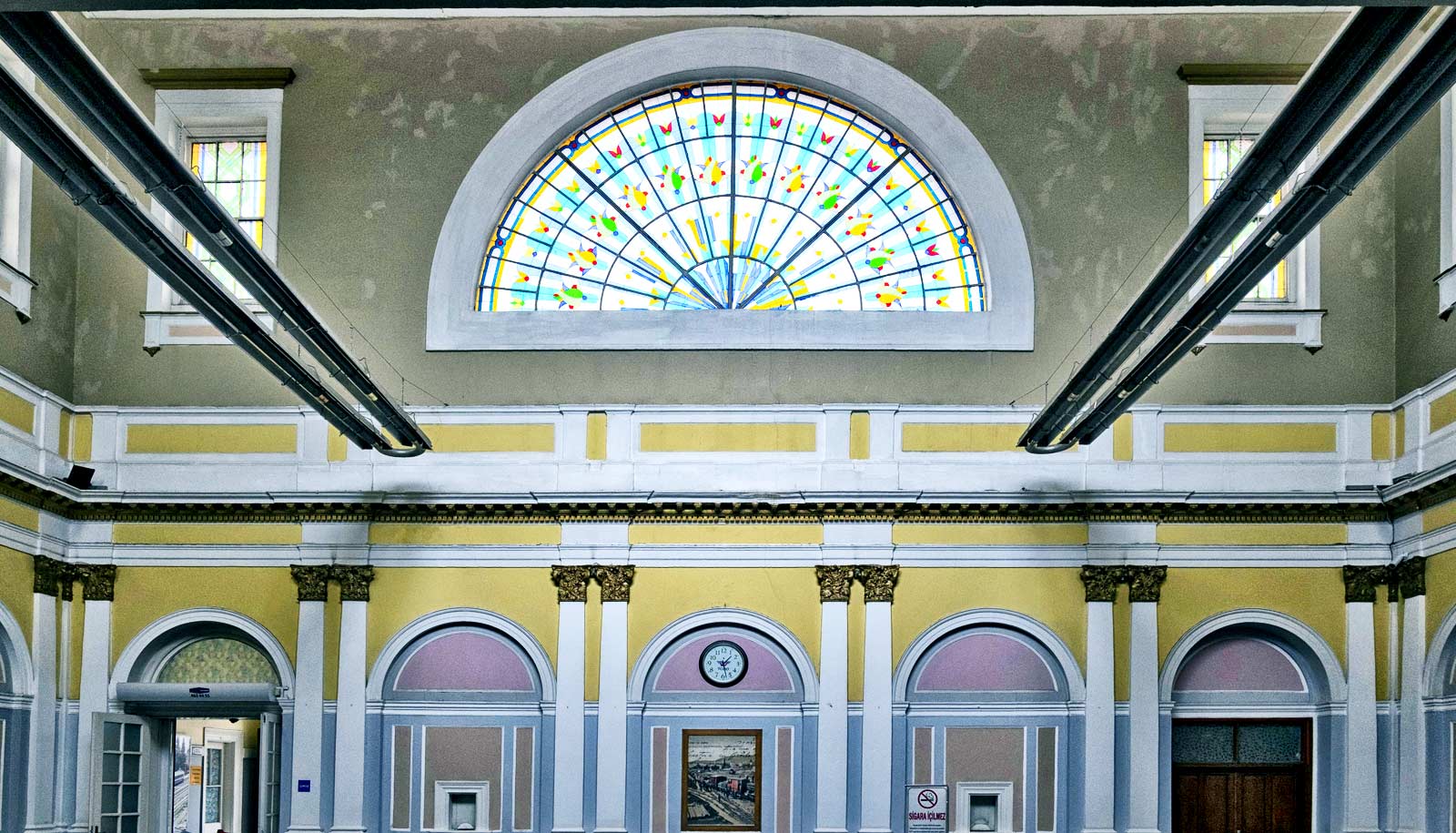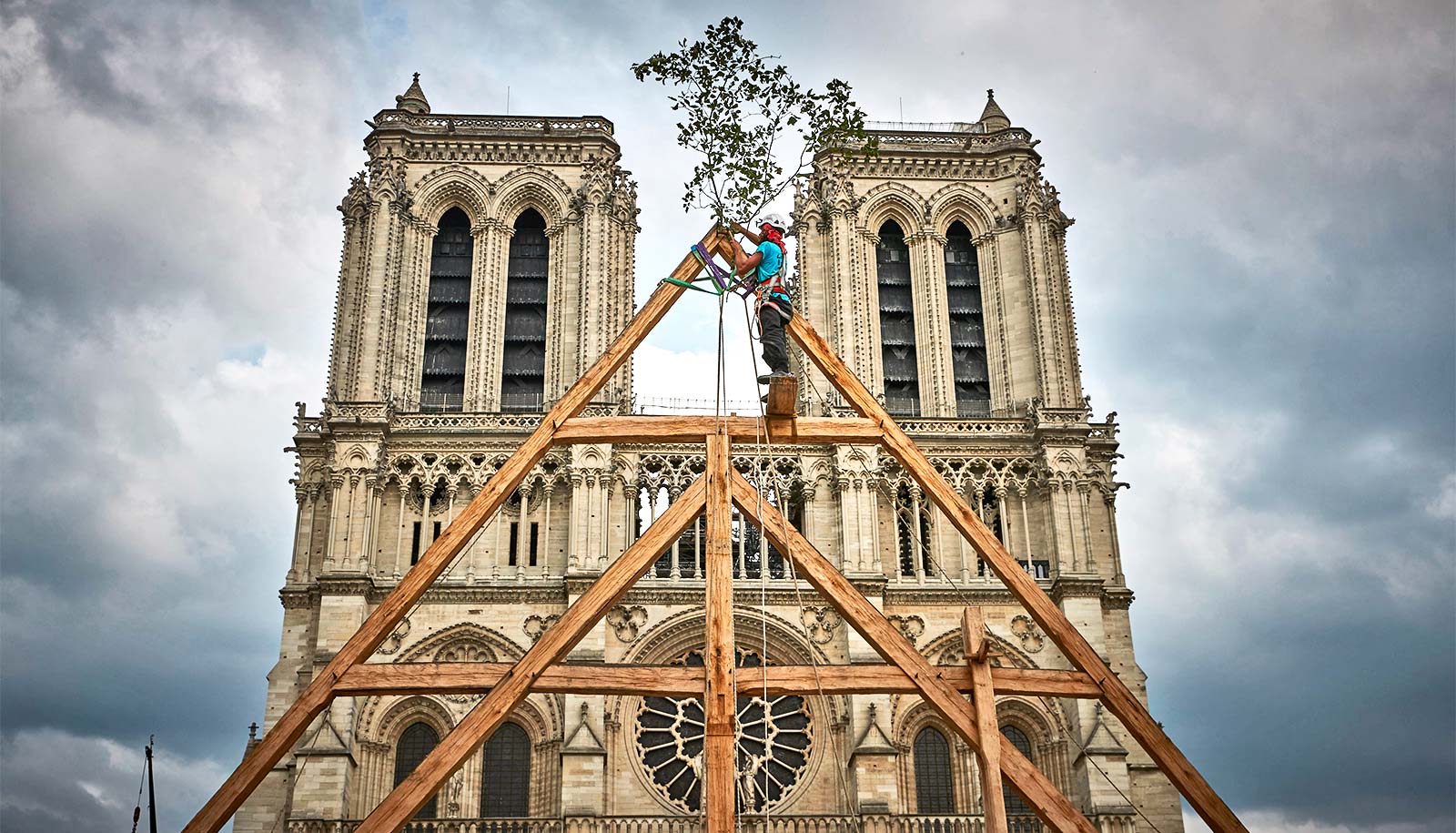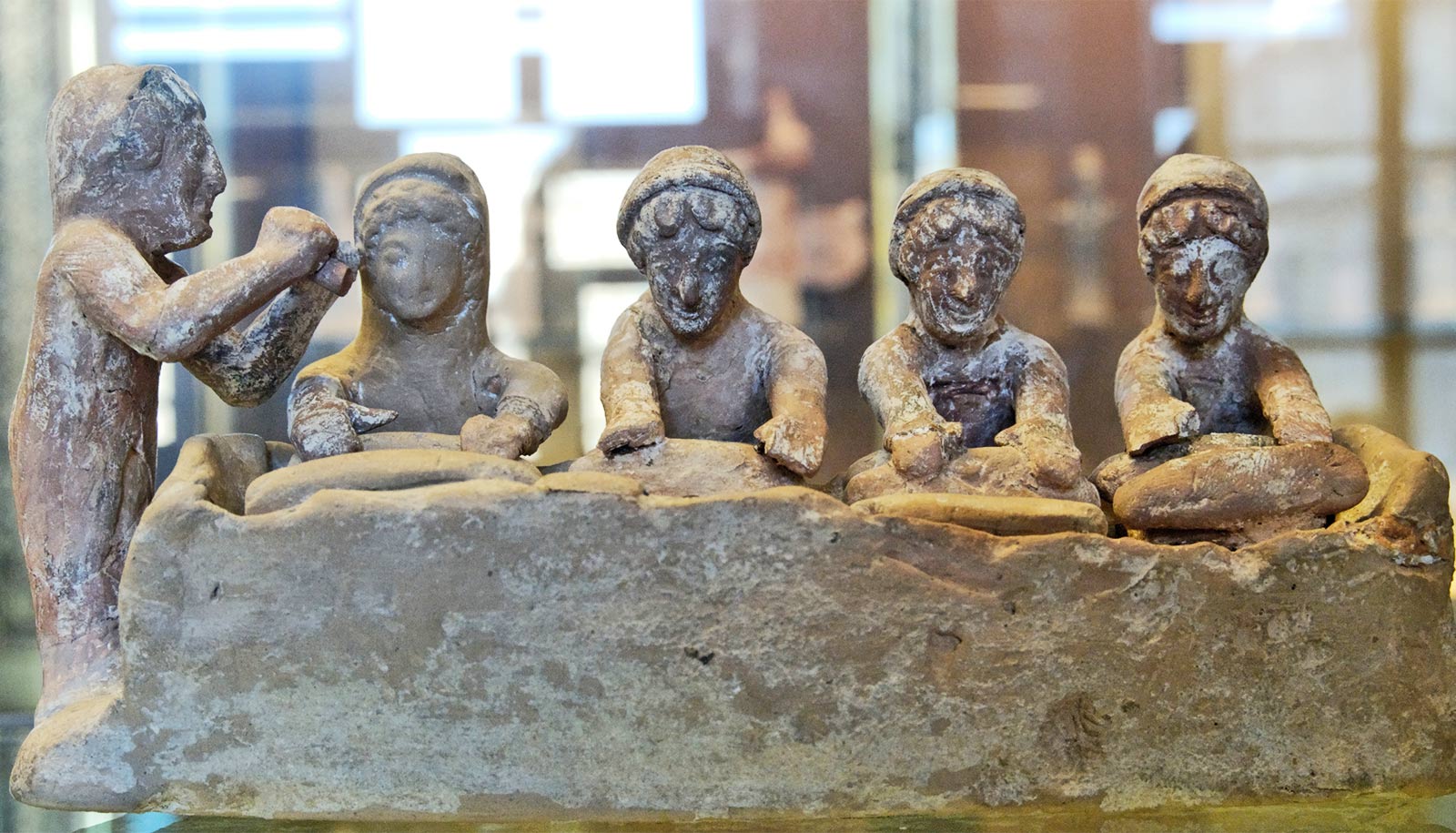Infrastructure deserves a place in architectural history not just as technology, but also as art, argues an art historian’s new book.
Look at a map of roads or railroad tracks—the winding lines suffuse the terrain like veins in a body. That’s no accident, because “they are the stuff of life,” writes Peter Christensen, an assistant professor at the University of Rochester.
“Infrastructures make empires.”
Trained as an architect as well as a scholar, Christensen is the author of a new book—Germany and the Ottoman Railways: Art, Empire, and Infrastructure (Yale University Press, 2017)—that considers globalization through the lens of an immense civil works project that spanned cultures and borders in the late 19th and early 20th centuries.
While buildings may be the glamorous figures in architecture, “infrastructure is what modernizes us,” Christensen says.
“Infrastructures make empires,” he declares on the book’s first page. “The economic, social, and cultural systems of empires are guided by and given form and purpose through canals, bridges, tunnels, ports, and, perhaps most importantly, railways.”
And the construction of infrastructure is, at many levels, a collaborative one, crossing boundaries to take advantage of expertise and finances, and reliant not just on the vision of architects and engineers but of local laborers, too.
Key elements of design—the form of the windows, for instance, or the stone carving—were the handiwork of workers across the multicultural Ottoman Empire.
“There are multiple layers of authorship involved in the creation of buildings and all the other objects that go into engineering a railway network,” says Christensen, who has also studied a similar effort in western Canada.
Conceived of by the Ottoman sultan, the railways of the Ottoman Empire—which encompassed the lands of what are now Syria, Lebanon, Turkey, Iraq, Israel, and Greece—were largely a German project in engineering, materials, and finances. But the relationship between the two empires was always an ambiguous one. While the German Empire was a rising power during the Ottoman Empire’s decline, and the railway project was characterized by the international press as a colonial one, with Germany at the helm, the connection was more dynamic than antagonistic, Christensen argues.
Christensen’s research uses facial-recognition technology to identify ways the stations built by Ottoman Empire workers diverged from the original plans created by German architects.
He finds testament to the cross-cultural nature of the effort in material artifacts of the Ottoman railway, including train stations, maps, bridges, and monuments. German architects created standard designs for the railway stations based on the size of the towns’ populations. But he didn’t see such replication when he studied the stations that were actually built.
Instead, he found that key elements of design—the form of the windows, for instance, or the stone carving—were the handiwork of workers across the multicultural Ottoman Empire, laboring in different environmental conditions and drawing on their own cultural aesthetics.
“This is a moment that crystalizes globalization in architecture,” Christensen says, “because styles are conflating freely, ideas and models of architecture are traveling and being changed.”
How the British empire seized and stole tea
His book is part of a larger project that also involves 3D imaging. He and his research team have used 3D scanning to map precisely where the various Ottoman railway stations differ, zeroing in on the contributions of on-the-ground laborers, who typically figure little in architectural history.
Few of the images that fill his book have been published before, but Christensen says the importance of the Ottoman railway continues to reverberate in contemporary life. “As recently as 100 years ago, the borders of these now geopolitical hotspots were completely different—and this railway was meant to connect these disparate lands,” he says. “After World War I, the border between Syria and Turkey was made by the railway line—it was an arbitrary line in the proverbial sand.
“We live with the after effects of the creation of these networks to this day.”
Source: University of Rochester



